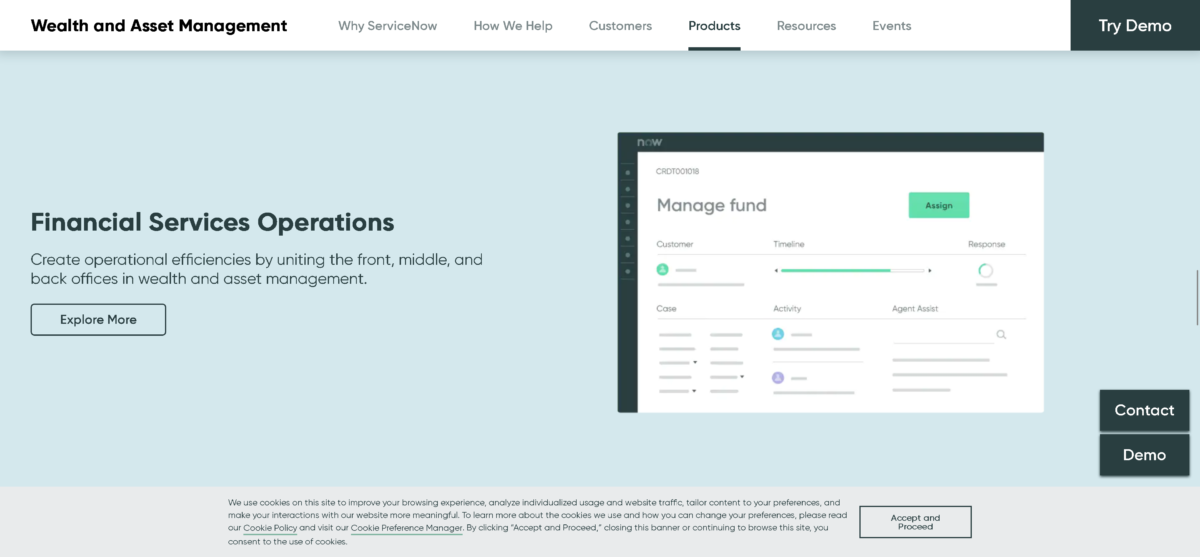As the “cloud” continues to exert its dominance as the IT technology of the day, the question for many companies focuses on what type of cloud to choose: public, private, or a combination of the two, known as hybrid. Each has its advantages. Private cloud – owned and maintained by a private company for its own uses – generally offers the highest levels of control, but this comes with a price: many resources are required to keep the private cloud functioning. Public cloud technology offers more cost-effective solutions, but might have issues regarding security, location or the way in which data is moved.
As such, an attractive and popular solution is the use of more than one cloud, usually one private and one or more public, which is referred to as hybrid.
The reasons for wanting to split a company’s data across these two platforms are many; some use the public cloud for storage of non-mission-critical data, while keeping the most important applications and information in-house on the private cloud. Others choose to make public cloud available for cloudbursting – using reliable amounts of public cloud storage and/or processing power to invisibly accommodate temporary spikes in demand. Still other customers will choose to hook a public cloud to their private cloud as insurance against failure, whether caused by data corruption, outside attack, power loss or extreme weather. Other customers may choose to connect their private cloud to two, three or more public clouds, each of which offers a different, attractive specialty, such as processing power, cost of use, or physical location.

In short, the connection between a company’s private cloud and one or more public clouds creates the hybrid, and the versatility of these connections allows for highly cost-effective and dynamic data management strategies.
Some crucial concepts to consider when choosing to go hybrid include security, connectivity and portability.
A public cloud provider must be able to replicate a customer’s private cloud security best practices. This applies not only to the security of stored data, but also to its transit. Many customers opt to keep their legacy applications on the private cloud, and it is also essential for a client company to proactively classify its data in order to prevent sensitive data from being transported to an external public cloud.
All cloud providers should establish service-level agreements (SLAs), which include clear definitions or delineations regarding computing/storage services, data resilience and fees.
From a connectivity and portability standpoint, there must be a demonstrated ability to move workloads and resources from public to private and vice versa, either on a regular planned basis or to accommodate bursts in demand, incorporating dynamic Scaling at low cost.
The essence and value of hybrid, though, is not found in one specific configuration. It does obviously require a connection between public and private clouds, but what is done through this connection can vary. In addition to burst and failover situations, some architectures focus on running a company’s resources in the public cloud, with connectivity back to the private cloud. After processing specific data, such as authenticating users or subscribers to an ecommerce site, the data gets archived back to its private cloud.
Efficient management and governance of a hybrid system comes primarily from a robust orchestration method: an intermediary platform that can survey both sides – the private cloud and the public cloud(s) and which will direct traffic and account accordingly. For example, tracking established budget limits for cloud resource use and alerting managers if overruns appear imminent.
Compatibility is a key issue. The success of hybrid cloud comes from incorporating a shared application programming interface (API), but this, too, requires prior agreement to ensure that the appropriate network interfaces used to deploy a workload on one cloud or another are common, or at least prioritized.
As such it can be seen that a hybrid solution offers a client company a great many options for dynamically and securely managing its data. As with all things, the quality of the service is largely dependent on the quality of the cloud provider, and IT managers and CIOs must do a good deal of homework to determine the right fit.
This post is brought to you by the VMware vCloud Air Network.
By Steve Prentice





